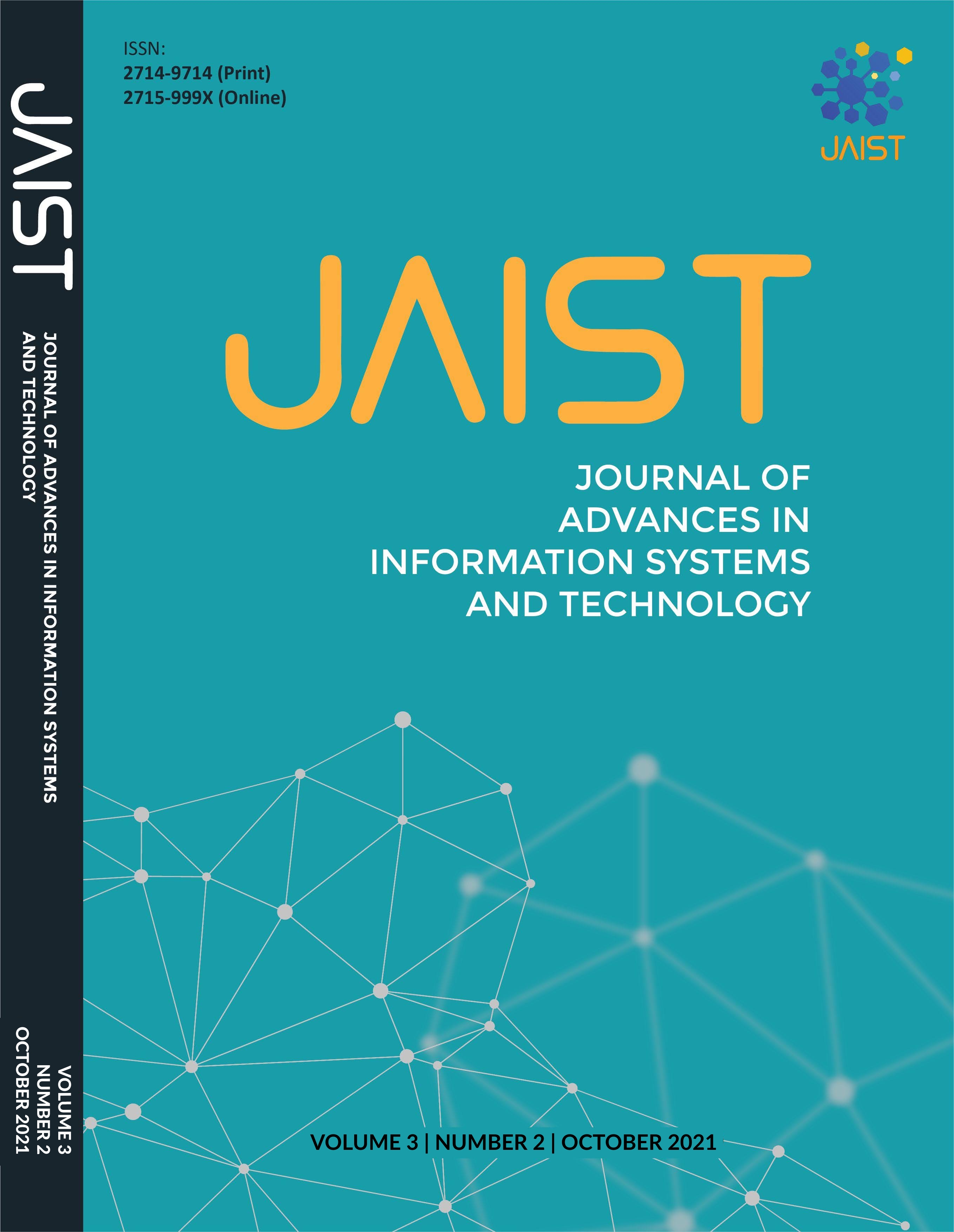Multilayer Perceptron Optimization on Imbalanced Data Using SVM-SMOTE and One-Hot Encoding for Credit Card Default Prediction
Abstract
Credit risk assessment analysis by classifying potential users is an important process to reduce the occurrence of default users. The problems faced from the classification process using real-world datasets are imbalanced data that causes bias-to-majority in model training outcomes. These problems cause the algorithm to only focus on the majority class and ignore the minority class, even though both classes have the same important role. To overcome this problem, a combination of One-hot encoding (OHE) and SVM-Synthetic minority oversampling technique (SVM-SMOTE) techniques are used for the optimization process of the MLP classification algorithm. OHE is used to encode values categorical nominal and SVM-SMOTE for the oversampling. The results of the measurement of the ability of the model generated from the optimized MLP are then compared with the baseline using the AUC score. The data used is the default of credit card client dataset from Taiwan which has 30000 instances. The result of the highest AUC score of the MLP that has gone through optimization is 0.7184, an increase of 0.2179 compared to the baseline.
Copyright (c) 2021 Journal of Advances in Information Systems and Technology

This work is licensed under a Creative Commons Attribution-ShareAlike 4.0 International License.


